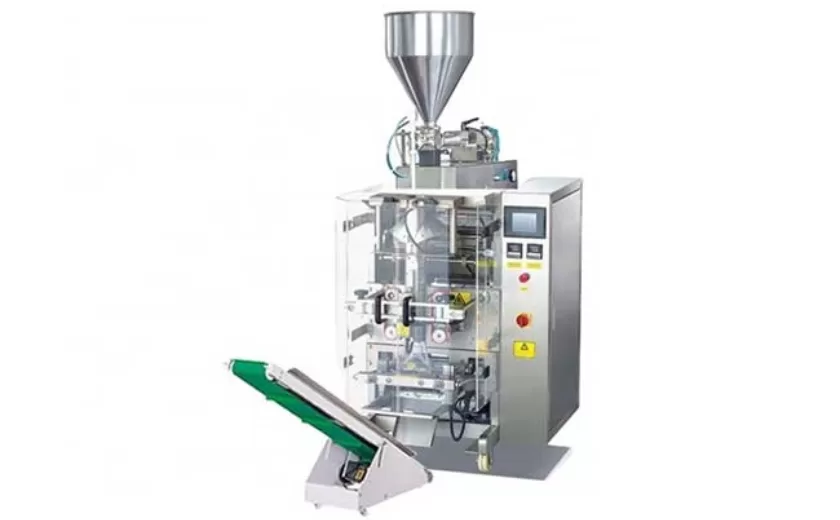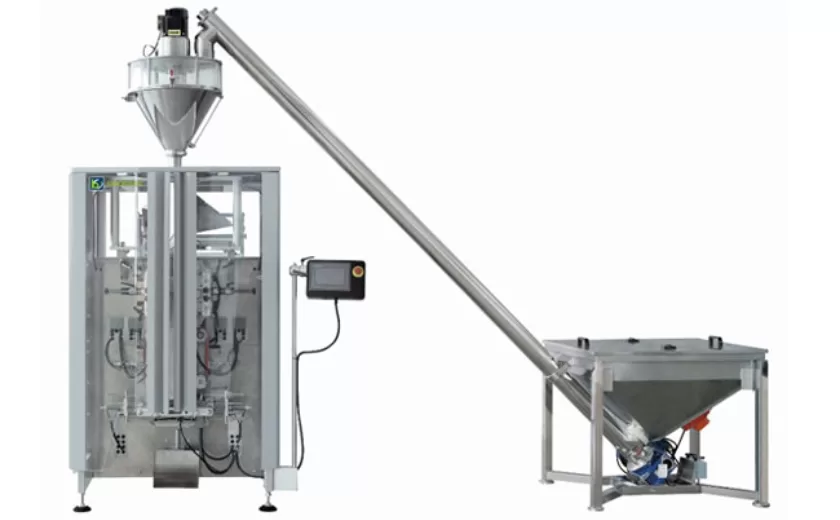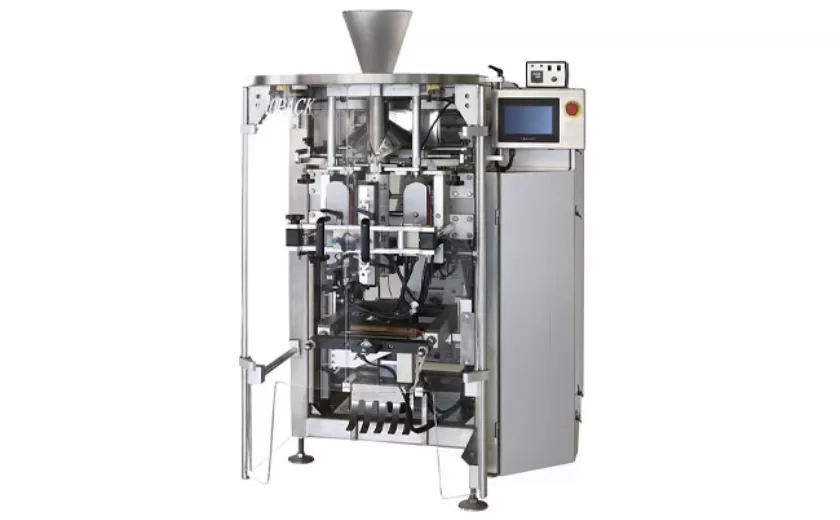How to Troubleshoot Common Issues with Weigh Filler Packaging Machines
Weigh filler packaging machines are essential equipment in various industries for accurate and efficient filling of products into containers. However, like any other machine, they can sometimes encounter issues that affect their proper operation. Understanding how to troubleshoot these common problems can minimize downtime and maintain optimal performance.
Mechanical Issues
Misaligned or damaged feed system: Check if the feed system is properly aligned and that there are no cracks or damage to the belts or chutes.
Clogged or blocked filler heads: Inspect the filler heads for any obstructions or blockages that may prevent the flow of product.
Worn or damaged weighing cells: Weight sensors play a crucial role in accurate filling; ensure they are not worn or damaged.
Electrical Issues
Power supply problems: Verify that the machine is properly connected to a stable power supply and that there are no loose connections or damage to the wiring.
Electrical component failures: Inspect electrical components such as motors, switches, and sensors for any signs of overheating, damage, or loose connections.
PLC or control system malfunctions: The PLC (Programmable Logic Controller) or control system governs the machine’s operations; check for any software errors or hardware issues.
Operational Issues
Inconsistent or inaccurate filling: If the machine is not filling containers consistently or accurately, check the calibration of the weighing cells and the feed rate settings.
Overfilling or underfilling: Incorrect fill settings or improper container placement can lead to overfilling or underfilling; adjust the parameters accordingly.
Product contamination: Ensure that the product and filling environment are clean and free from contaminants that may affect product quality.
Environmental Factors
Temperature fluctuations: Temperature changes can affect the accuracy of weigh fillers; maintain a stable environment to minimize errors.
Vibration or movement: Excessive vibration or movement can interfere with the machine’s operations; ensure stable mounting and minimize vibrations.
Humidity or moisture: High humidity or moisture can affect the weighing cells and electrical components; maintain appropriate environmental conditions.
Maintenance and Inspection
Regular cleaning and maintenance: Proper cleaning and maintenance can prevent issues; follow manufacturer’s guidelines for cleaning and lubrication intervals.
Periodic calibration: Weigh filler packaging machines require periodic calibration to maintain accuracy; perform calibration according to the manufacturer’s recommendations.
Thorough inspections: Conduct thorough inspections of the machine, including mechanical components, electrical connections, and overall condition, to identify potential problems early on.
-
Advanced Packing Solutions: Snacks, Sugar, and Frozen Food Machines
29-10-2025 -
Efficient and Reliable Solutions for Salt, Nuts, and Frozen Dumplings Packing
29-10-2025 -
High-Performance Biscuits, Lollipop, and Ketchup Packing Machines for Modern Food Production
29-10-2025 -
Efficient Liquid Filling and Packing Machines for Modern Production
23-10-2025 -
Reliable Granule Packaging Machines for Efficient Production
23-10-2025 -
Efficient Auger Powder Filling Machines for Accurate Packaging
23-10-2025 -
High-Performance Liquid Filling and Packing Machines for Hygienic Production
10-10-2025 -
High-Efficiency Granule Packaging Machines for Precision and Speed
10-10-2025 -
High-Precision Auger Type Powder Filling Machines for Efficient Packaging
10-10-2025 -
Efficient Vertical Form Fill Seal Packaging Machines for Smart Production
10-10-2025











